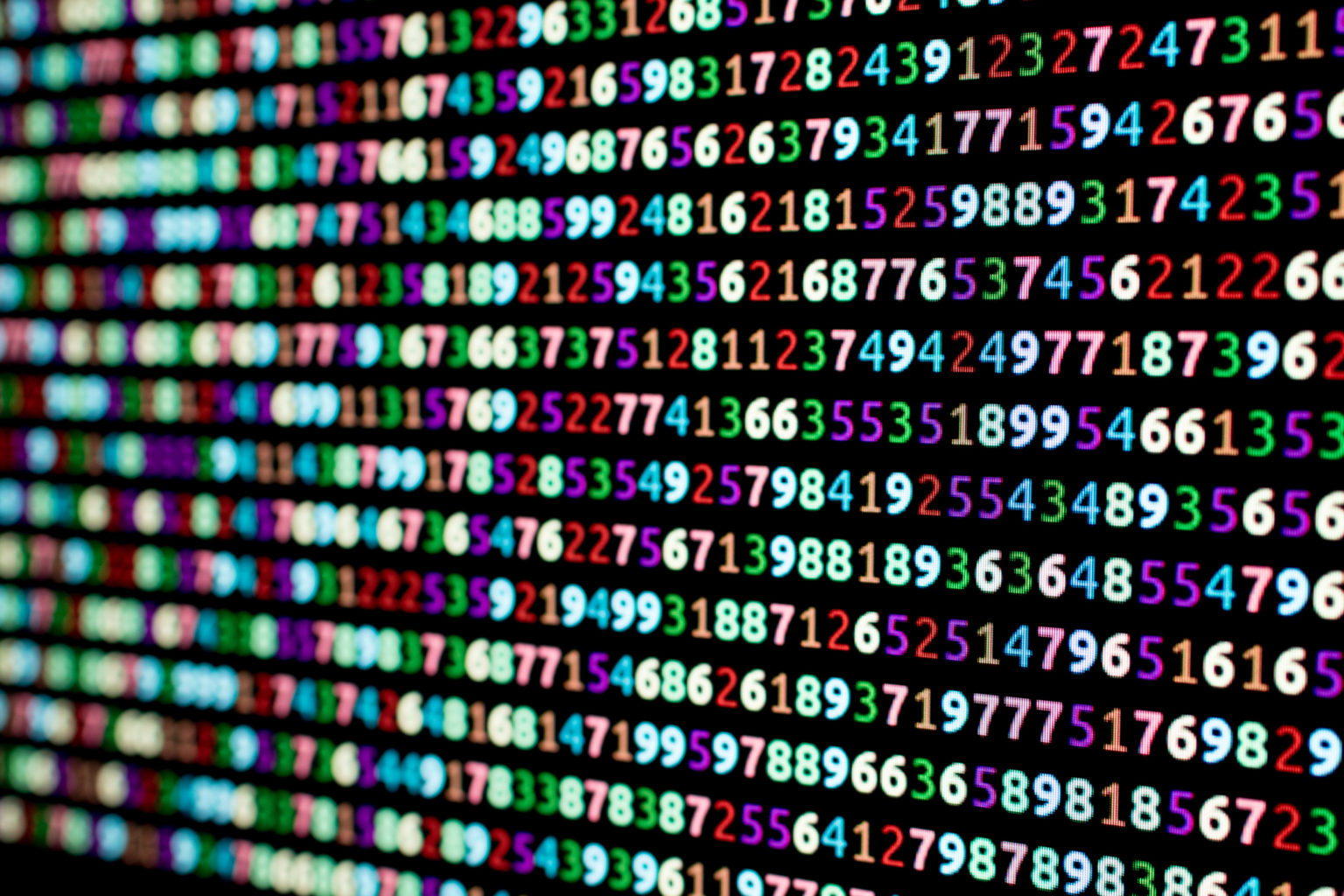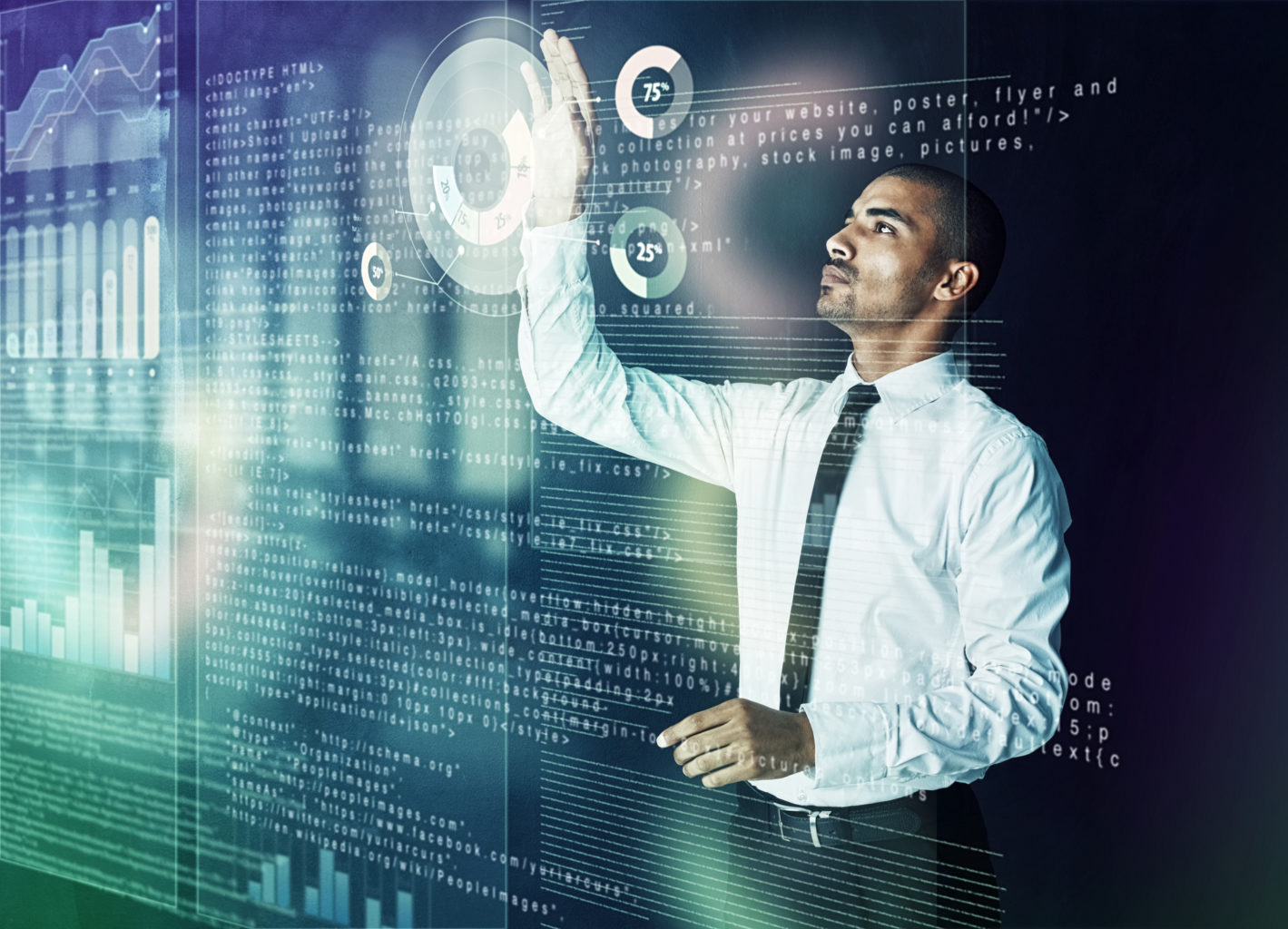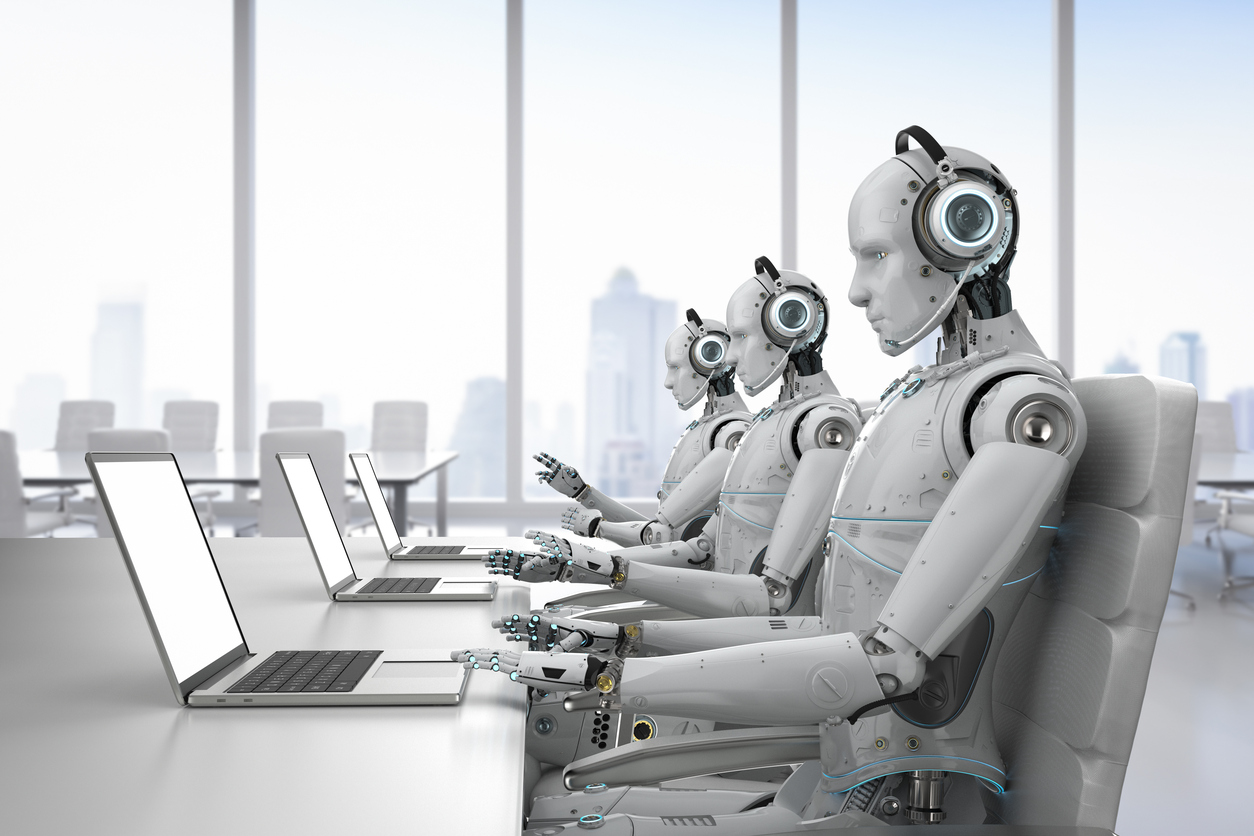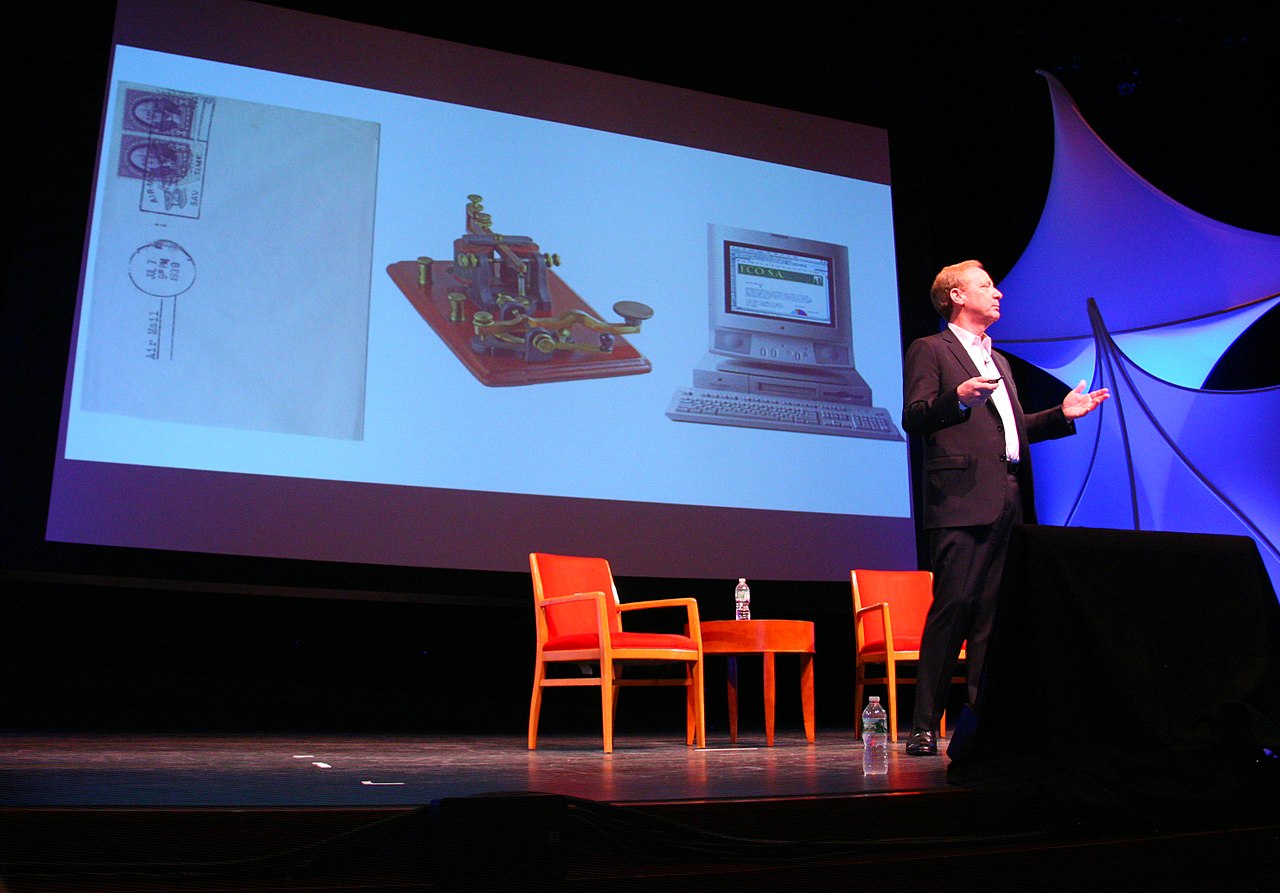JetBrains’ Pycharm is back with its Q2 release for this year, Pycharm 2018.2. The release of Pycharm 2018.1 in the month of March included several major features such as code shells and partial commits. SSH remote Python interpreters and a lot more features. This quarter’s release includes some new features such as pipenv config, pytest fixtures and much more!
Pycharm’s motto is to help developers‘ Develop quickly, and with confidence’. Known as one of the popular Python IDEs for professional developers, Pycharm includes an integrated development environment for computer programming with support for all Python tools at one place.
Pycharm is available in two editions, Pycharm Professional Edition, and Pycharm community edition
Pycharm 2018.12 includes new features classified in five broad categories:
Python improvements
Pipenv support
Pipenv makes an application's dependency management extremely simple. PyCharm 2018.2 will auto-create a pipenv when one open’s a project with a Pipfile, and will make it easy to create new projects with pipenvs.
New and improved quick documentation
PyCharm’s quick documentation is easier to read and appears right in the editor. Simply press Ctrl-Q (Ctrl-J on macOS) to see exactly the documentation required.
pytest Fixtures and pytest-bdd PRO ONLY
Pytest makes testing your code a cakewalk. The 2018.2 version includes an upgraded Pytest support with BDD and code intelligence for fixtures. Fixtures are available in both the community and the professional edition of PyCharm 2018.2. However, the BDD support is only available in the PyCharm Professional Edition.
reST Preview and Attrs support
With a PyCharm plugin, on can see how their Markdown document looks like. This and other functionalities are now available for reStructuredText.
The attrs library, on the other hand, allows one to upgrade the project by including new Dataclasses in Python 3.7
Improvements in Code insight
PyCharm’s aim is to help in writing better and faster Python code. Following this, the code insights have been improved. It now checks more type hints, and also if one’s correctly awaiting function calls in asynchronous code, and offers quick fixes.
VCS (Version Control Support) improvements
Support for multiple GitHub accounts
This version of PyCharm makes switching between a whole bunch of GitHub accounts more convenient.
Multiple tabs and diff preview using Logs tab
The version 2018.2 allows segregating system’s history in multiple tabs to make it easier to learn from one’s project history.
Browse the entire repository at a specific revision
This improvement makes it easy to browse project repository at a specific revision.
Database improvements
Create query plan diagrams
In order to keep the application performant, a regular check on the query plans is necessary. In PyCharm 2018.2 one can visually inspect where a query tweaking or adding an index is required. However, this feature is only available in the professional version of Pycharm.
New icons
PyCharm 2018.2 looks sleeker than ever before. The new design philosophy reduces the usage of color to where it is semantically important, making it easier to find what you need at a glance.
Support for MacBook Pro Touch Bar
PyCharm now provides context-sensitive touch bar contexts for running your code, debugging, VCS, and more on the MacBook Pro with a Touch Bar.
Javascript improvements
All the improvements here, are available only in the professional version of Pycharm.
Code coverage for code running in the browser: find unused code
Code maintenance is usually a non-favorite task for developers. Moreover, deleting unused code makes the job quicker and faster. PyCharm now helps in finding unused client-side JS code, resulting into a faster job completion.
Faster indexing for Angular
Indexing new Angular projects is now twice as fast in this new version.
New intentions and refactorings, such as Extract React Component
Now one can refactor JavaScript with confidence in PyCharm 2018.2 by
Extracting React component,
Implementing interface,
Generating cases for a TypeScript switch statement over an enum, and a lot more.
Code completion for Vue events and event modifiers
Most Vue templates will have event code attached to them. PyCharm now makes it easier to hook up handlers to the correct event.
Read more about the Pycharm 2018.2 on its official website.
What is interactive machine learning?
Cryptocurrency-based firm, Tron acquires BitTorrent
Google Cloud Next: Fei-Fei Li reveals new AI tools for developers
Read more
 United States
United States
 Great Britain
Great Britain
 India
India
 Germany
Germany
 France
France
 Canada
Canada
 Russia
Russia
 Spain
Spain
 Brazil
Brazil
 Australia
Australia
 South Africa
South Africa
 Thailand
Thailand
 Ukraine
Ukraine
 Switzerland
Switzerland
 Slovakia
Slovakia
 Luxembourg
Luxembourg
 Hungary
Hungary
 Romania
Romania
 Denmark
Denmark
 Ireland
Ireland
 Estonia
Estonia
 Belgium
Belgium
 Italy
Italy
 Finland
Finland
 Cyprus
Cyprus
 Lithuania
Lithuania
 Latvia
Latvia
 Malta
Malta
 Netherlands
Netherlands
 Portugal
Portugal
 Slovenia
Slovenia
 Sweden
Sweden
 Argentina
Argentina
 Colombia
Colombia
 Ecuador
Ecuador
 Indonesia
Indonesia
 Mexico
Mexico
 New Zealand
New Zealand
 Norway
Norway
 South Korea
South Korea
 Taiwan
Taiwan
 Turkey
Turkey
 Czechia
Czechia
 Austria
Austria
 Greece
Greece
 Isle of Man
Isle of Man
 Bulgaria
Bulgaria
 Japan
Japan
 Philippines
Philippines
 Poland
Poland
 Singapore
Singapore
 Egypt
Egypt
 Chile
Chile
 Malaysia
Malaysia















